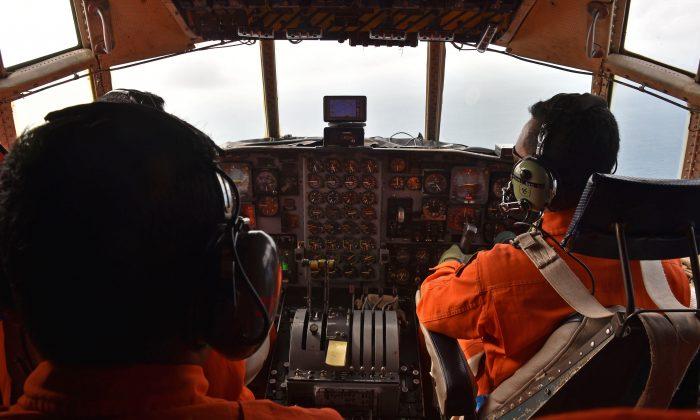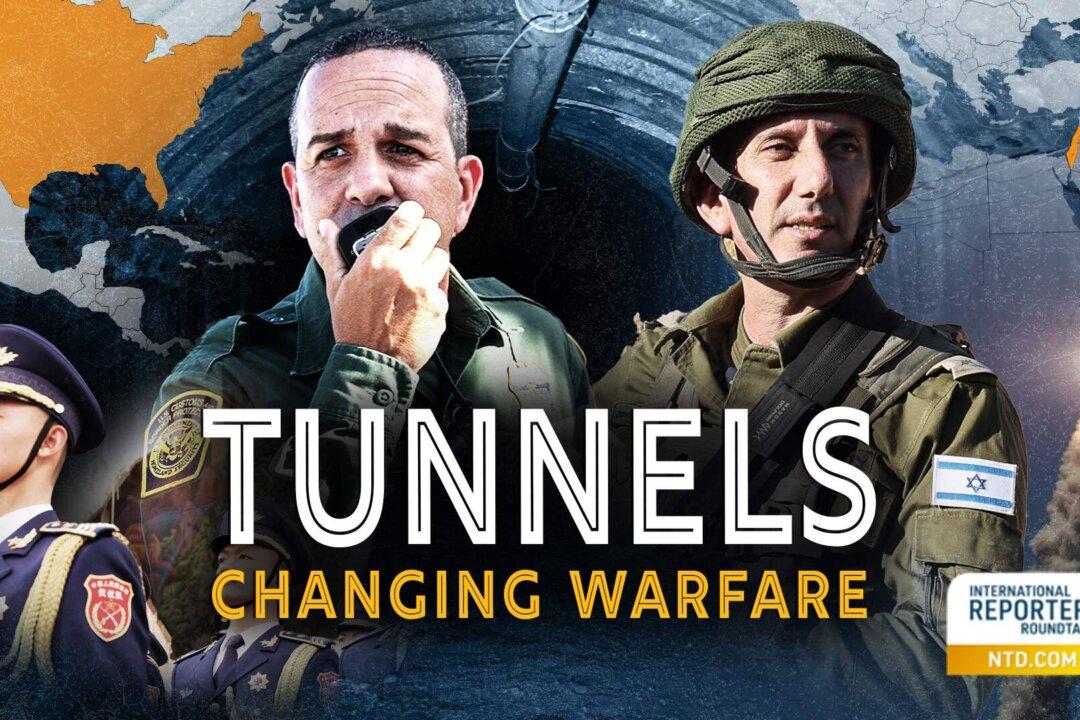The only hint of what happened to AirAsia Flight 8501 is the revelations about the flight’s final few moments.
The AirAsia cockpit asked air traffic control (ATC) for permission to turn left and climb above storm clouds, from 32,000 feet to 38,000 feet. The turn was allowed, but the climb request was denied at that moment because there were six other airliners crowding the airspace.
The conversation ended there. Four minutes later, the Airbus A320-200 disappeared from radar.
Flight 8501’s Capt. Iryanto (Indonesians often have only one name) was an experienced pilot. He had a respectable 20,537 flying hours and was a military pilot flying F-16 fighters before shifting to commercial aviation. His first officer, Frenchman Remi Plesel, had 2,275 hours under his belt, according to AirAsia.
It’s been presumed that the jet and all 162 people on board crashed into the Java Sea.
Search efforts have been extensive from sea and sky along the busy shipping lane, involving at least 30 ships, 15 aircraft, and 7 helicopters. Early Tuesday morning local time, Indonesia’s Search and Rescue Agency chief Henry Bambang Soelistyo expanded efforts to cover land in the West Kalimantan Province of Indonesia.
Questions of course are now turning to what happened after ATC denied the request to climb. There was no distress signal issued, just eerie silence after the final communication. Assuming the wreckage is found and the black box recovered, there will be more answers. For now, one can only speculate based on how the relationship works between pilots and ATC.
Under normal circumstances, the ATC’s job is to ensure safe separation between aircraft and maintain overall air traffic efficiency. But in emergency situations, the final call regarding an aircraft’s safety lies with the pilot, and it’s the controller’s job to give all possible assistance.
So in a sudden bad weather scenario, here’s what happens. The pilot requests to deviate from the scheduled route. The control tower will either issue clearance or advise the pilot that it’s not possible and give the exact position of any aircraft in the way. At this stage, the pilot will either accept ATC’s advice and stay the course, or convey intentions to execute another deviation plan.
A storm alone won’t bring down a modern plane designed to withstand severe weather. But weather paired with a pilot error or a mechanical failure could be disastrous. It’s like driving a car on a highway during a thunderstorm. Plenty of vehicles get through bad weather safely but one that gets a flat tire or takes a turn too fast might crash.
Pilots rely on sophisticated weather-radar systems that include a dashboard display of storms and clouds, as well as reports from other crews, to steer around dangerous weather.
“A lot more information is available to pilots in the cockpit about weather than it ever was,” said Deborah Hersman, former chairman of the U.S. National Transportation Safety Board. But the technology has limits and sometimes information about storms “can be a little bit stale.”
There is speculation that something was amiss with the plane since its emergency locator transmitter didn’t emit any emergency signals.
A former investigator at the National Transportation Safety Committee (KNKT), Hanna Simatupang, told the Jakarta Post that she feels Indonesia’s aviation community fails to uphold the principle of “safety first.”
“We have to acknowledge that we still lack skilled human resources in this sector. The authorities should fix this problem. Safety first principles are not yet upheld in this country because aviation still sees profit as the priority,” Hanna is quoted as saying.
This is the first fatal accident involving AirAsia in its 13-year history.
The Associated Press contributed to this report.






Friends Read Free